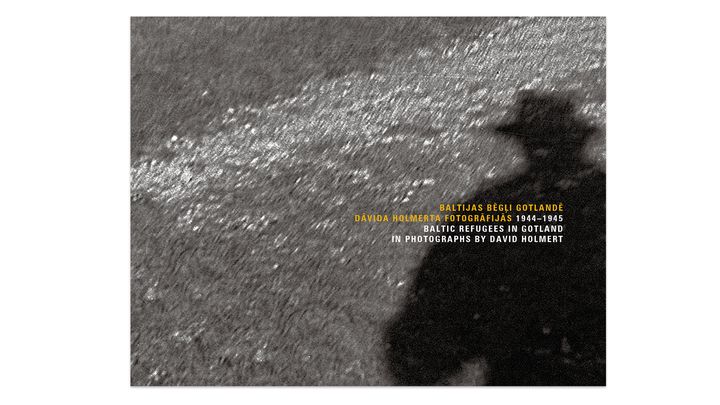Baltic refugees in Gotland in photographs by David Holmert, 1944-1945 (LV/ENG)

Abstract
Between 1943 and 1946 the Baltic Sea was braved illegally by some eleven thousand refugees from the Baltic countries – mainly Estonia and Latvia – who landed on the island of Gotland, a county of Sweden. Memories of these events persist in the life stories of the Baltic peoples as well as the inhabitants of Gotland, where the occasional plaque or signpost still exists as a reminder of the past. Bridging the gap of time, the scenes captured by the camera of David Holmert, a photographer from Gotland, remain unchanged through the ages. This album is dedicated to the memory of Holmert, through whose camera lens visual testimony of the dramatic events of the past is handed down to us.
The bloodiest war ever witnessed in the history of the world ended in Europe more than 70 years ago. This war left an impression on the memory of every nation that now forms a part of the collective memory of Europe. For the Baltic countries, this war meant lost nationhood, occupation, a reign of terror and the forceful inclusion of inhabitants in Soviet and Nazi military formations. The national memory also preserves accounts of refugees who were forced to leave Latvia in the final stages of the war. Between 1943 and 1946 the Baltic Sea was braved illegally by some eleven thousand refugees from the Baltic countries – mainly Estonia and Latvia – who landed on the island of Gotland, a county of Sweden.
Memories of these events persist in the life stories of the Baltic peoples as well as the inhabitants of Gotland, where the occasional plaque or signpost still exists as a reminder of the past. Bridging the gap of time, the scenes captured by the camera of David Holmert, a photographer from Gotland, remain unchanged through the ages. This album is dedicated to the memory of Holmert, through whose camera lens visual testimony of the dramatic events of the past is handed down to us. We have supplemented the collection of photographs with fragments of life stories selected by the Latvian Oral History researchers, thereby providing further insight into those events from a contemporaneous individual standpoint.
The editorial committee of this album wishes to express its deepest gratitude to the family of David Holmert, in particular to Ellen Holmert, who has made available her father-in-law’s photographs to Latvian scholars for publication. The inhabitants of Gotland and Sweden have earned our gratitude and respect for granting asylum to the refugees from the east coast of the Baltic Sea, thus writing a prominent page on humanitarianism not only in the history book of the Baltic States, but also that of the collective history of Europe.